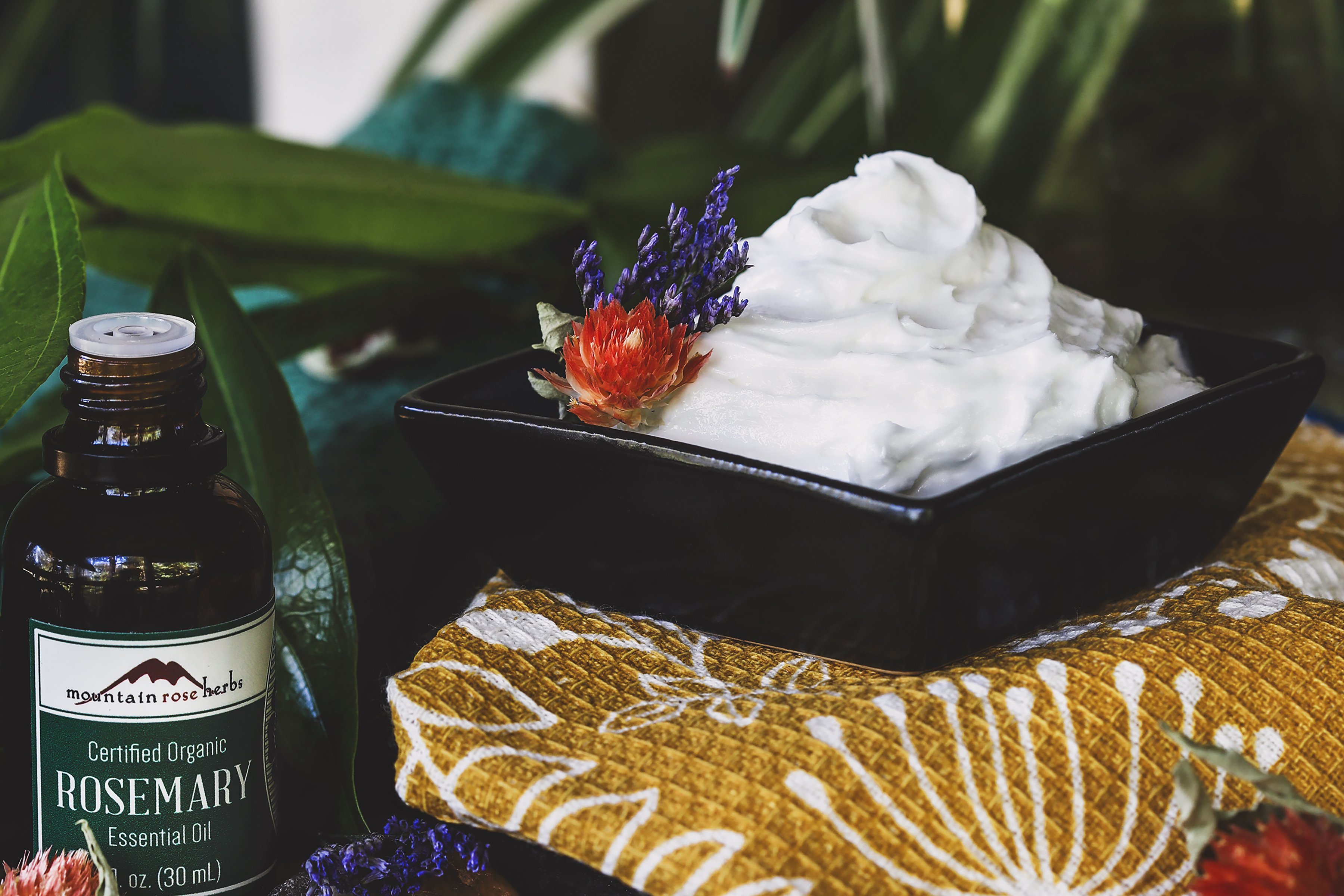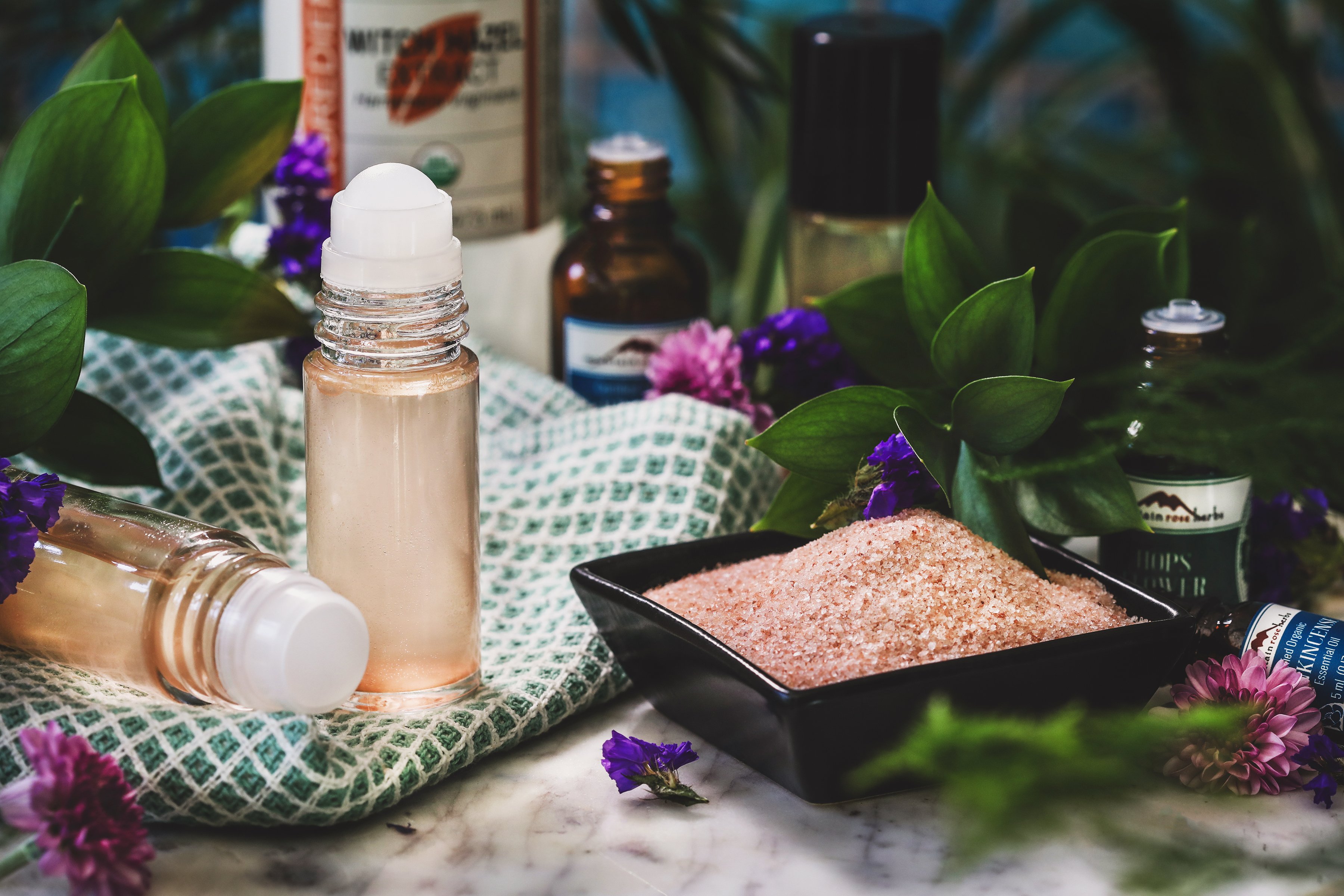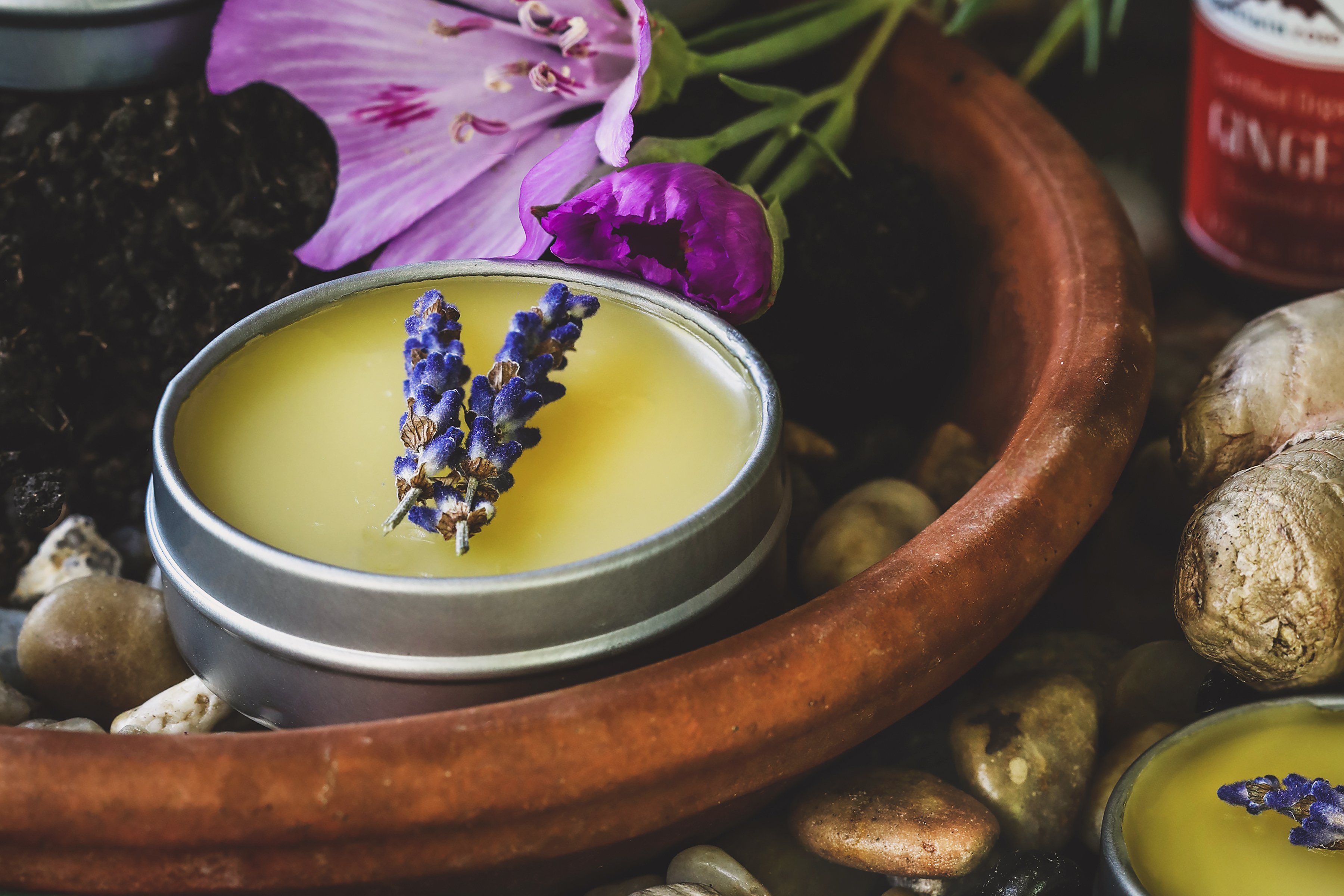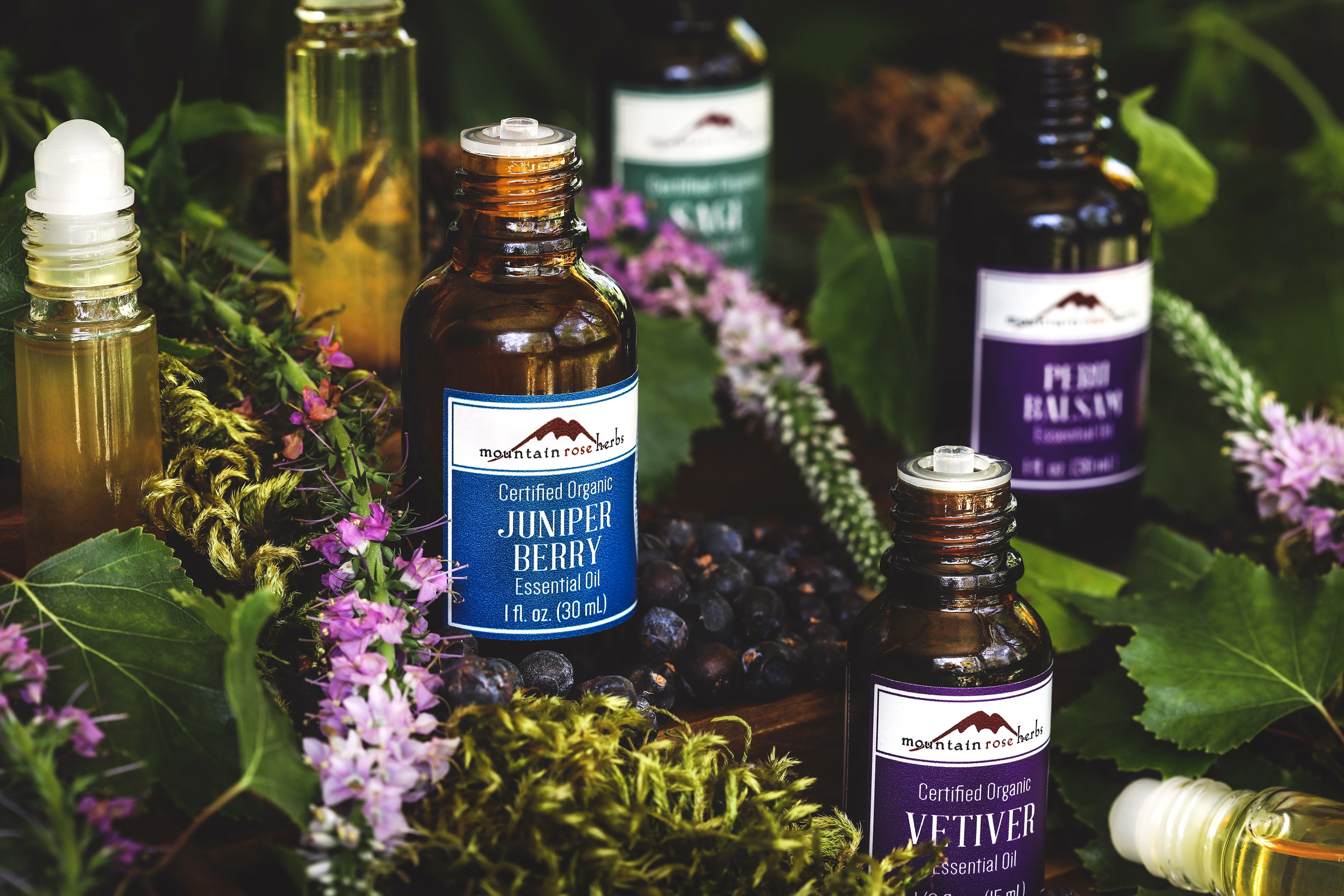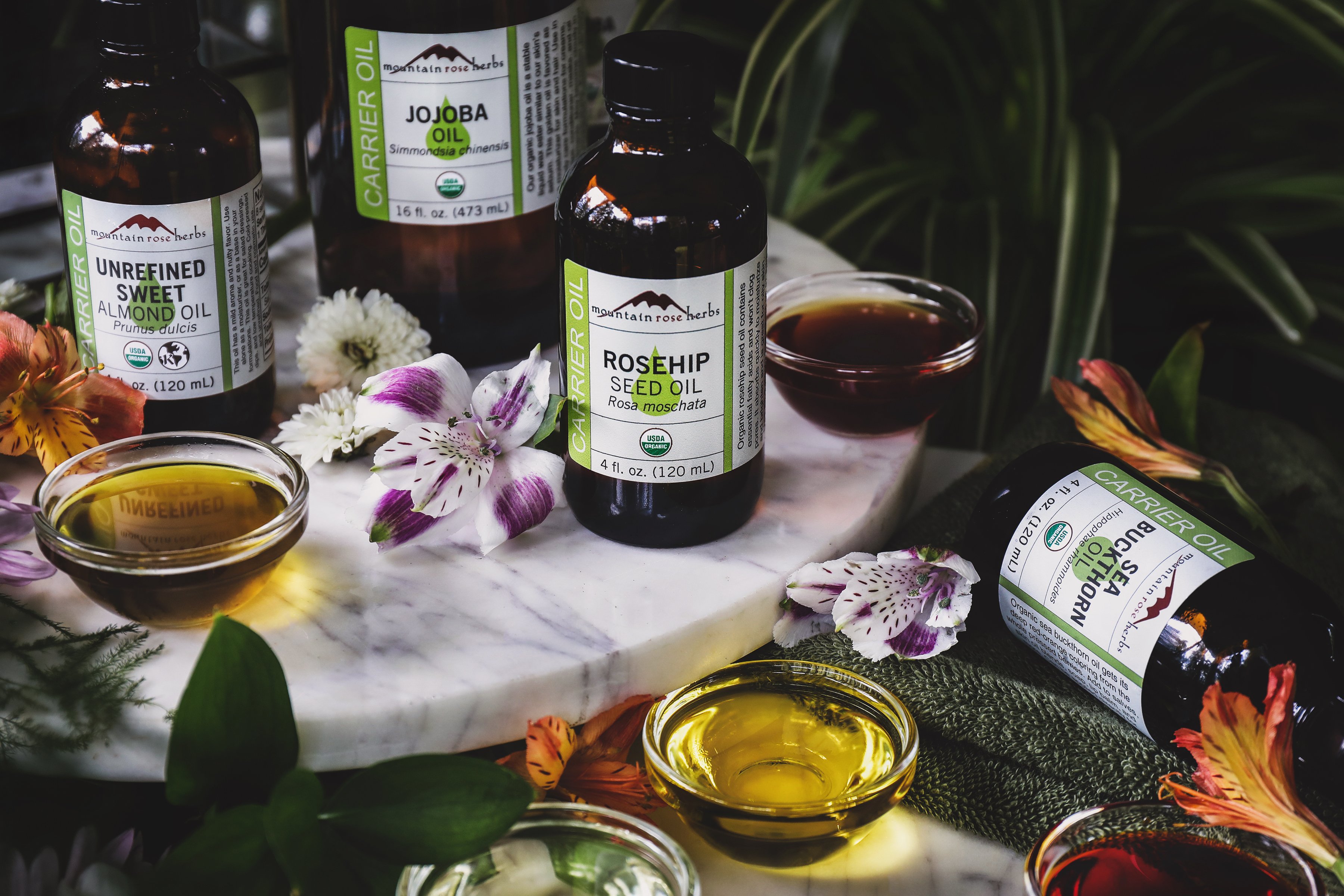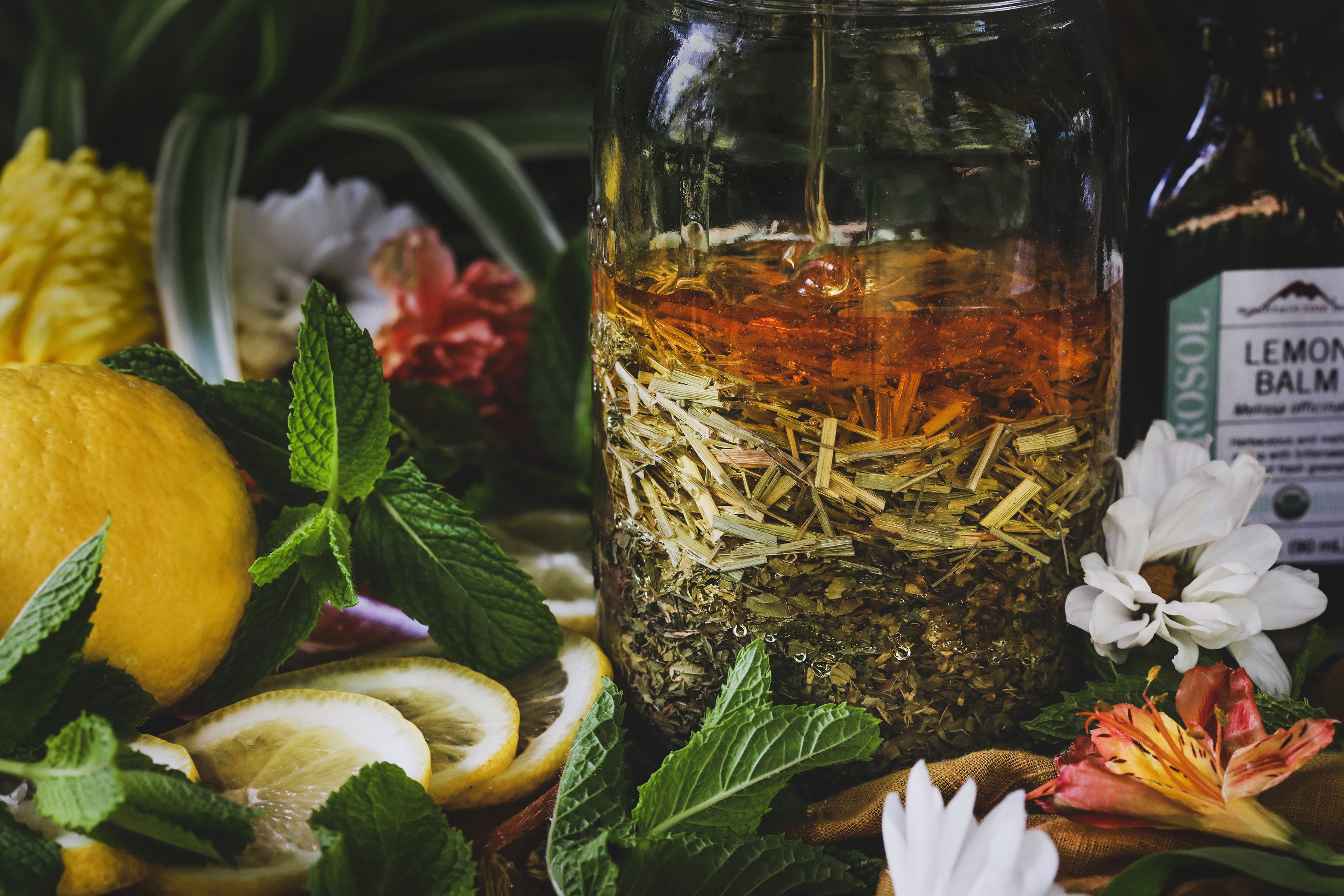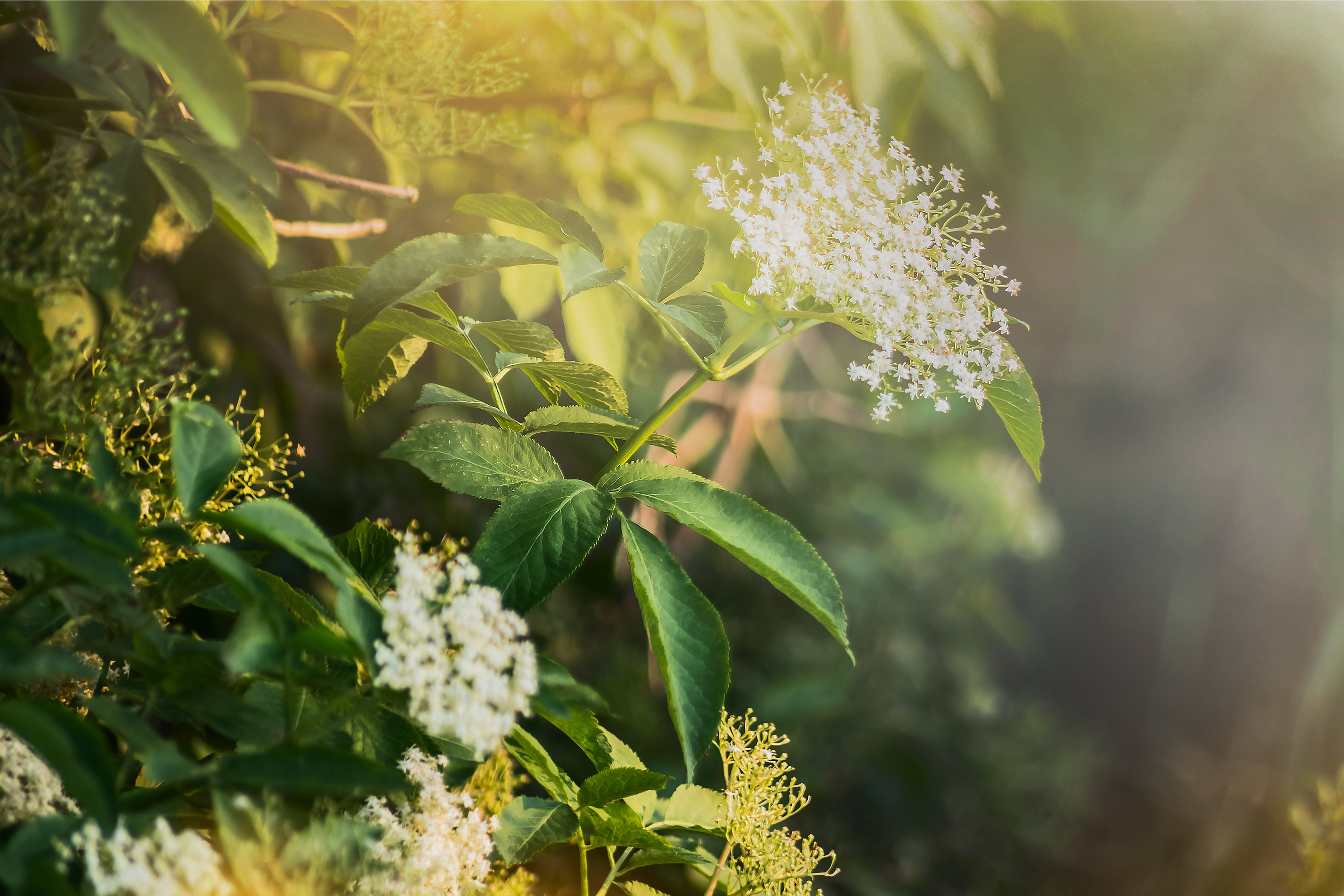A good shaving cream can make all the difference in both the quality and comfort of a shave. It’s no wonder then that this homemade shaving cream recipe has been such a longtime favorite of the Mountain Rose Herbs community. Whether you’re working on your beard, your head, or a full-body cleanup, the rich texture of this cream feels wonderful on the skin as it nourishes, hydrates, and makes a perfect surface to safely and comfortably shave away unwanted hair.
Read MoreSummer being what it is—with all the extra sunshine and outdoor fun—our deodorant choices start to matter in a bigger way. Consumers have become increasingly aware of the potential issues that can come with using deodorants with ingredients like propylene glycol, aluminum, and triclosan, and have been turning more and more to natural deodorants. Unfortunately, while over-the-counter natural deodorants are a safer and more earth-friendly option than those loaded with parabens and chemicals, they are still packaged in mostly non-recyclable plastics that millions of Americans throw away every year. Happily, it’s an easy task to make your own natural, herbal, roll-on deodorant.
Read More
Slime—that strange substance that defies Newton’s laws of viscosity—has been a staple in store toy aisles for almost 50 years and the DIY versions have been around almost as long. The typical school-science-project slime recipe involves mixing either borax or contact lens solution with PVA glue and water. The science behind it is a chemical reaction between the polyvinyl acetate in the glue and the borate ions in the contact solution or borax, an action called cross-linking that results in a logic-defying substance that is a whole lot of fun to play with. However, fascinating DIY science aside, too much exposure to boron—which is the base of borax, boric acid, and also, ironically, that contact lens solution—can cause respiratory, skin, and eye irritation, and when ingested can lead to nausea, vomiting, and diarrhea. Note the caution on the front of a box of borax detergent: Caution: Eye irritant, may be harmful if swallowed. Needless to say, that DIY slime hack is not ideal for small children, particularly those who tend to taste-test things. Fortunately for the child in all of us, you can make slime from psyllium husk!
Read More
Spinach has been providing humans with bountiful nutrition for more than 2,000 years. By the time this cool-season annual reached western Europe in the 11th - 15th centuries, it was already an established crop and widely cultivated in the Middle East and Asia. It has long been considered the “Captain of Leafy Greens,” which is an apt title for this vitamin- and mineral-packed veggie. However, because our bodies cannot metabolize spinach quickly, it can produce gas, bloating, and stomach cramps. This is not to say we shouldn’t eat raw spinach; we absolutely should because it’s loaded with all kinds of other essential nutrients like vitamin C, niacin, potassium, etc. that are more available to our bodies when eaten raw. But to capture all of the benefits of spinach, it behooves us to eat it in other ways as well. Dried spinach is a delicious, high-nutrition option!
Read More
This time of year, I’m reminded of my love for herbal salves, and in particular, this Gardener's Salve. The blend has been in the Mountain Rose recipe book for many years and is one that I turn to each spring and summer. Between planting, weeding, and pruning, my hard-working hands reach for this DIY hand balm time and time again. Being with the plants does wonders for my emotional wellbeing so taking the proper steps to ensure I can do it in optimal comfort and for many years to come is very important to me.
Read More
Cocktails and mocktails provide the perfect opportunity to put our favorite botanicals to creative use. Whether mixed with fresh garden herbs, homemade tinctures, or kitchen spices, mixed drinks are a fun and tasty way to enjoy the benefits of herbs and spices—and to apply our love of herbalism.

As a newly engaged person, I am starting to look at things a bit differently. For instance, creating recipes is a major part of my life, and I find myself experiencing that process through a slightly different lens. Now as well as recipes that I craft for my own use, I am starting to consider party favors and elements to include in my wedding. I've been thinking that a variety of homemade perfumes made with organic ingredients would be a fun zero-waste party favor and they are incredibly easy to scale up and to make in bulk. So, I went to the drawing board with some themes and ideas.
Read More
I know that washing your face with oil may sound a little odd at first, but trust me—this ancient secret is a great way to cleanse and nourish your skin! The reason oil cleansing works is basic chemistry: like-dissolves-like. Using nourishing organic oils to clean your face helps break up the grime that gets caught in your skin’s natural sebum while not harming the microbiome of the skin. Ready to get started? Let’s go!
Read More
When my husband and I got married, we wanted to offer a full mocktail bar for our wedding guests. I love using oxymels for mocktails: the traditional syrup made from an acid and a sweetener (usually vinegar and honey) lends a complex flavor that up-levels any drink. They are also a yummy way to serve herbs to friends and family.

It’s almost elderflower season! When I excitedly announced this among friends recently, they all gave me a grin-and-eye-roll combination that, if I’m being honest, I receive on a regular basis from this bunch. It’s all done in good fun—it’s no secret that I choose to live my life much slower than the modern-world pace, as closely aligned with the turning of the seasons as possible. My favorite people may tease me about my Luddite ways and seasonal delight over things like elderflowers, but they aren’t fooling anybody. They’re always the first ones to belly up for our refreshing cordials and festive cocktails and, because I let most of my homegrown elderflowers turn into berries, they are also the ones who slyly check in throughout the year to see if I’ve got any cordial made with the dried elderflowers that sustain us when the fresh flowers are long gone. Here’s to elderflower cordial and sharing with friends!
Read More
Research compiled by Oregon State University has shown that roughly half of the adult population in the United States doesn’t get enough of the vitamins and minerals that leafy greens supply: 52% don’t get the recommended intake of magnesium, 44% don’t get enough calcium, and 43% don’t get enough vitamin C. Although many of us know that we need two to three cups of leafy greens a day to supply our exquisitely complex bodies with the vitamins and minerals needed to carry out cellular processes and repairs, many of us have trouble eating adequate amounts of those greens.
Read More

